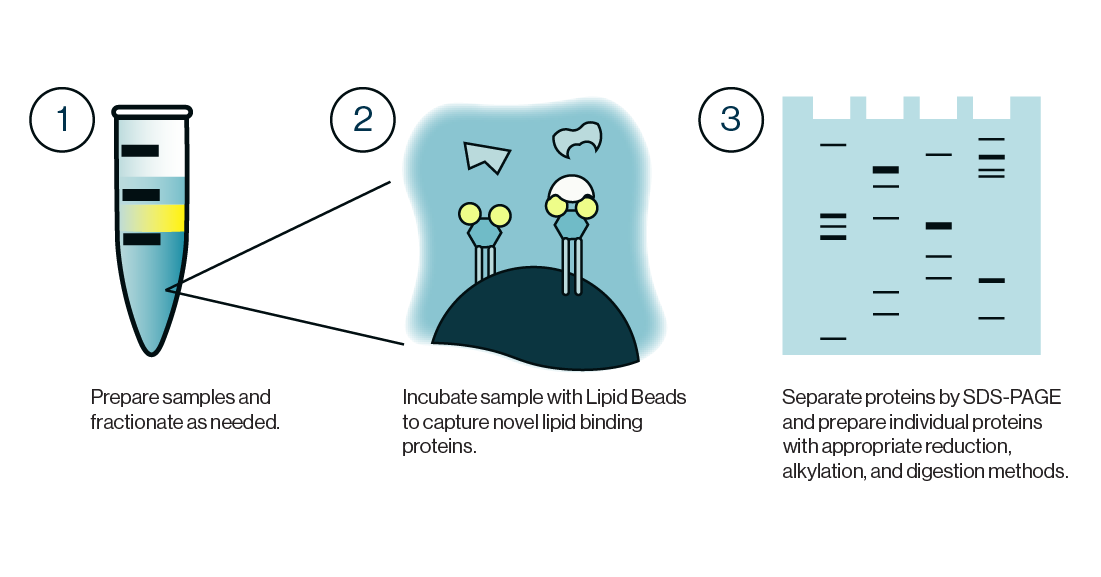Phosphatidylinositol 4,5-bisphosphate diC4 (PI(4,5)P2 diC4) is a synthetic, purified dibutanoyl PI(4,5)P2.
Phosphoinositides (PIPns) are minor components of cellular membranes but are integral signaling molecules for cellular communication. Phosphatidylinositol 4,5-bisphosphate (PIP2) has been shown to play a central role in a variety of cellular functions. Amongst its many functions, PIP2 is a substrate for Phospholipase C-coupled G-protein pathways involved in intracellular calcium release in a number of tissues and is also a substrate for class I phosphoinositide 3-kinase (PI3-K).
Alternate Names: D-myo-Phosphatidylinositol 4,5-bisphosphate, Dibutanoyl Phosphatidylinositol 4,5-bisphosphate, PtdIns(4,5)P2 C4, PI(4,5)P2 C4, or (4:0/4:0) PIP2
Bulk discounts available, please email echelon@echelon-inc.com for information.
Publications
1) Campbell, R. B., F. Liu, et al. (2003). “Allosteric activation of PTEN phosphatase by phosphatidylinositol 4,5-bisphosphate.” J Biol Chem 278(36): 33617-20.
2) Feng, J., M. F. Roberts, et al. (2005). “Dissection of the steps of phospholipase C beta 2 activity that are enhanced by G beta gamma subunits.” Biochemistry 44(7): 2577-84.
3) Luo, R., L. M. Miller Jenkins, et al. (2008). “Dynamic interaction between Arf GAP and PH domains of ASAP1 in the regulation of GAP activity.” Cellular Signalling 20(11): 1968.
4) Li, Y., M. A. Zaydman, et al. (2011). “KCNE1 enhances phosphatidylinositol 4,5-bisphosphate (PIP2) sensitivity of IKs to modulate channel activity.” Proceedings of the National Academy of Sciences 108(22): 9095-9100.
5) A. L. Egea-Jimenez, R. Gallardo, A. Garcia-Pino, Y. Ivarsson, A. M. Wawrzyniak, R. Kashyap, R. Loris, J. Schymkowitz, F. Rousseau and P. Zimmermann. (2016) “Frizzled 7 and PIP2 binding by syntenin PDZ2 domain supports Frizzled 7 trafficking and signalling” Nat Commun 7, DOI: 10.1038/ncomms12101





